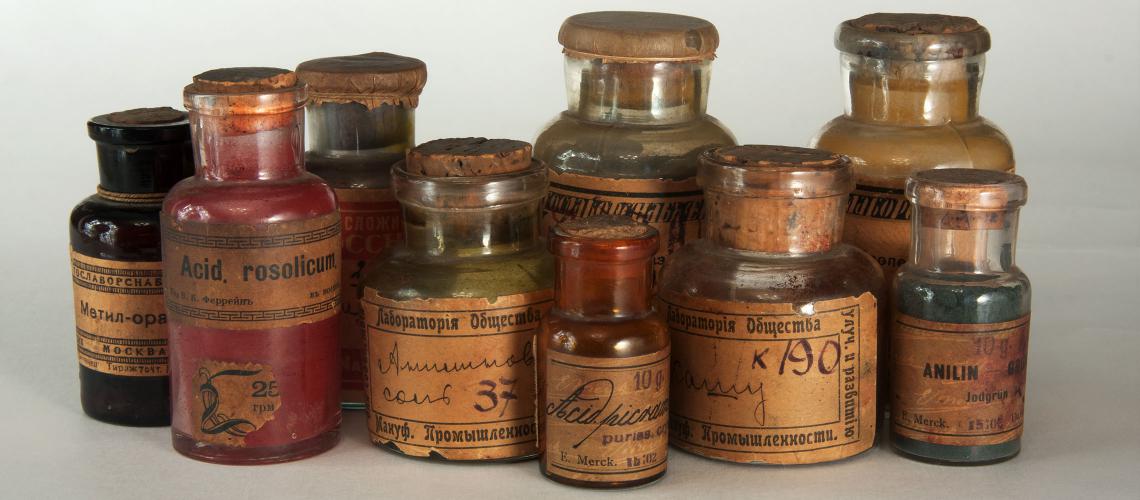A copper engraving is created by engraving a drawing in a polished copper plate. This happens with a stylus, which creates depressions in the plate by chip removal, in the form of lines or points. Thereafter, using a bale, ink is rubbed into the wells of the heated plate. The heat ensures an even distribution of the ink in the recessed areas. Then it is wiped off the plate. However, the color remains in the previously made scribing. The copper engraving is therefore a gravure printing process. The prepared plate is covered with moistened paper, as well as a felt and printed in a roller press, as seen in the video below.
A distinguishing feature of the copperplate engraving is the shape of the lines, for example when viewed under a magnifying glass. The lines swell towards the middle, but begin and end in a fine peak. It is called waist shape.
The previous polishing of the plate is important if the drawing should be clearly displayed. Any scratches on the plate will be visible through the incorporation of color in the print and thus irritate the desired image.
The etching was often used in book illustration. German artists who used this kind of display technique were Martin Schongauer (about 1450 - 1491) and Albrecht Dürer (1471 - 1528). [1]
The drawing appears laterally reversed and convex after printing. In addition, a plate edge is recognizable on paper. It can be made a few hundred prints before the plate is pressed so hard that the lines more and more flattened.
Reference
[1] Zender, Joachim Elias: Lexikon Buch, Druck, Papier, 2008.



